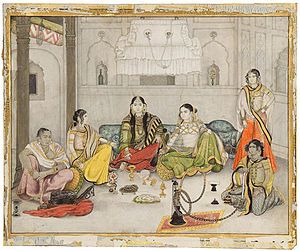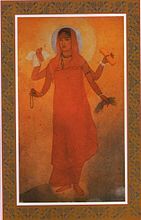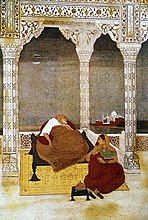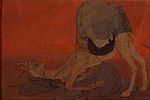British Art & Struggle Of Freedom
Apr 13, 2019 • 4 views
India has been under British Raj for a very long period of time. The british Crown ruled indiafrom 1858 to 1947. It is thus very plain that all of our cultures, art forms, architectures etc must have been influenced by them.

The Colonial rule had a great impact on Indian art, especially from the mid-19th century onwards. The western art forms & techniques became omnipresent as the British Empire established schools of art in major cities. The oldest, the Government College of Fine Arts, Chennai, was established in 1850.

The East India Company deployed Indian artists working for European patrons. This introduced the Company Style of painting. Company style or Company painting is a term for a hybrid Indo-European style paintings made by Indian artists, who worked for European patrons or other foreign Companies in the 18th and 19th centuries.

This style blended traditional Rajput & Mughal paintings with Western perspective of art & architecture.
The style mainly used watercolour, for soft textures & tones. The paintings were mostly on paper, but in Delhi, they were made more exotic by making painting on ivory. They were mostly intended to be kept in portfolios or albums.

The style developed in the second half of the 18th century, and by the early 19th century production was at a considerable level. By the 19th century many artists had shops.
This coincided with the beginning of Indian Freedom Movement, also known as the Swadeshi Movement, 1905.

With this mass Movement, Indian artists attempted to bring back the cultural identities suppressed by the British Raj. it was their way of showing support to the Movement as they knew the conditions & has seen the suffrage of people. They themself have been suppressed by the Colonial Rule.

They rejected the Romanticized style of the Company paintings.
Thus established the swadeshi Art school known as, the Bengal School of Art, led byAbanindranath Tagore (1871-1951). Abanindranath tagore has been referred to as the father of Modern Indian art.

